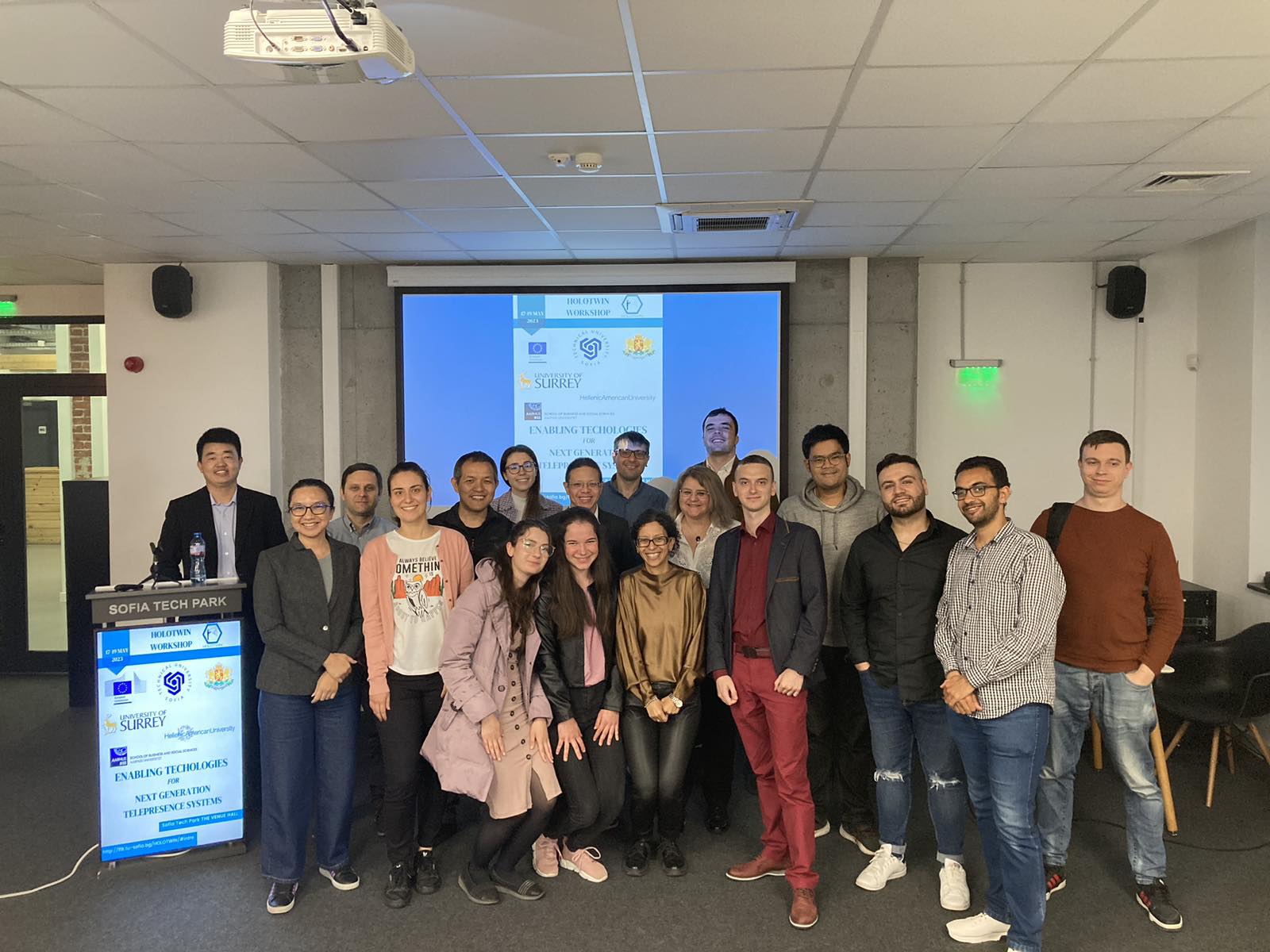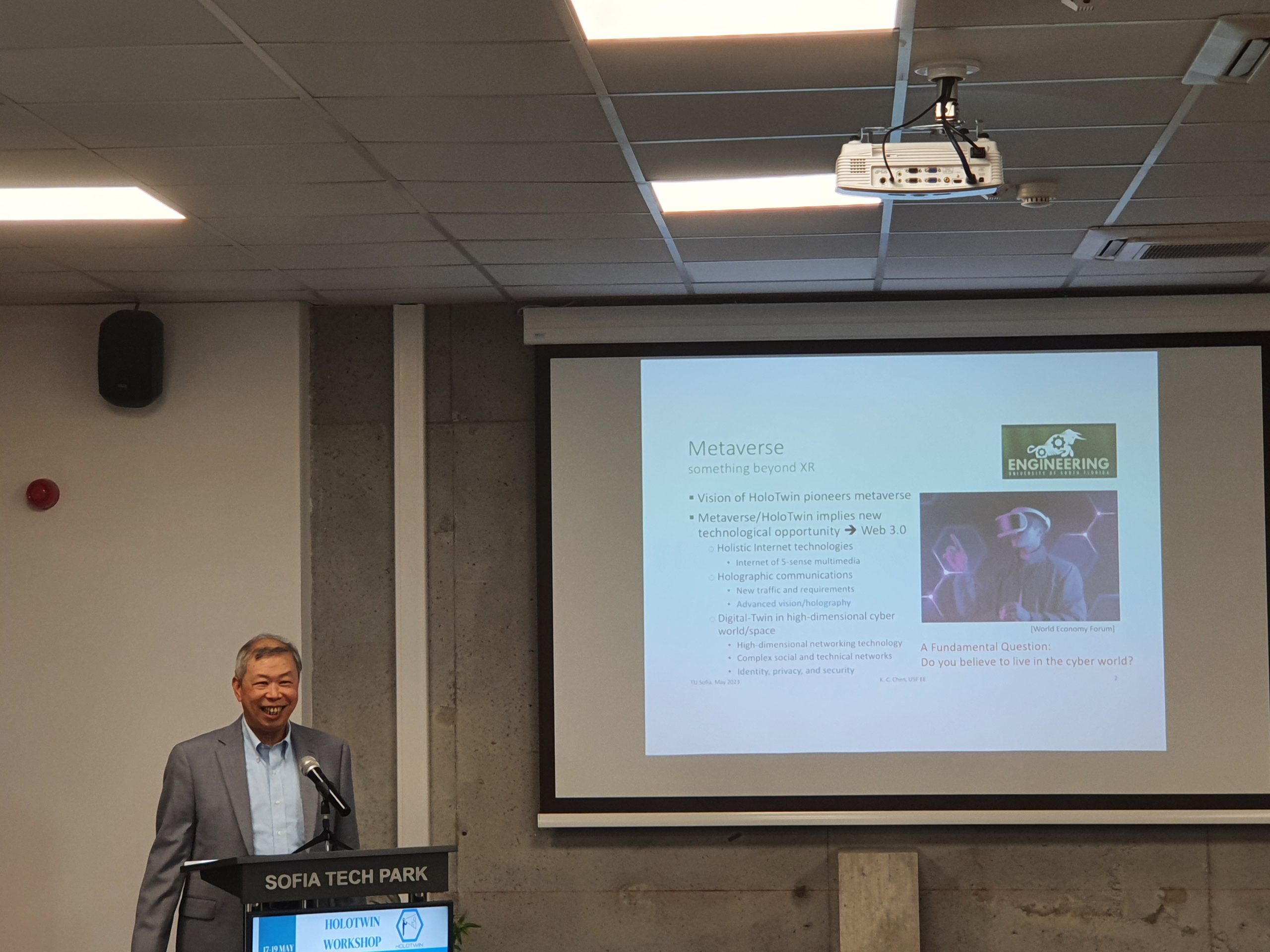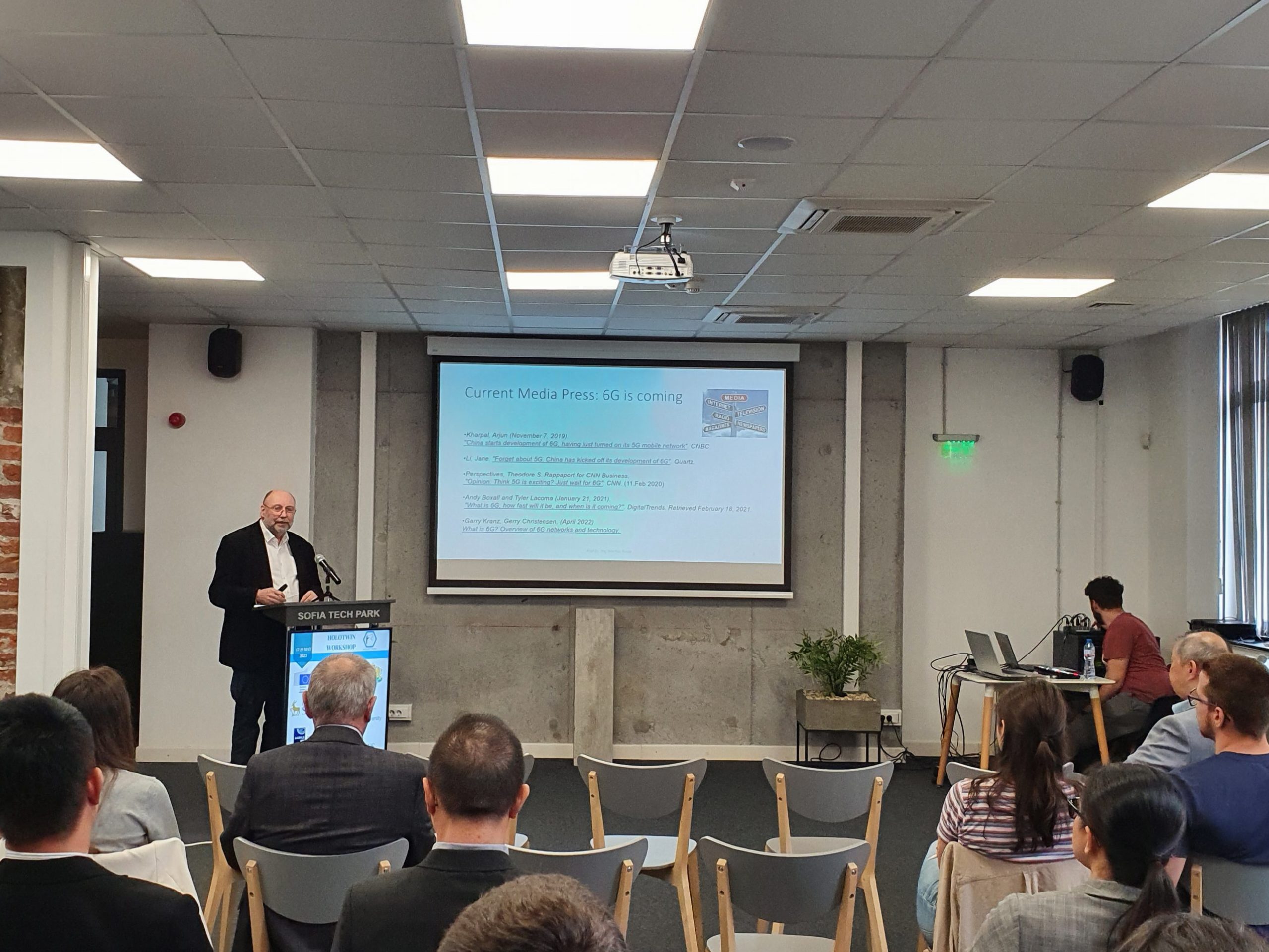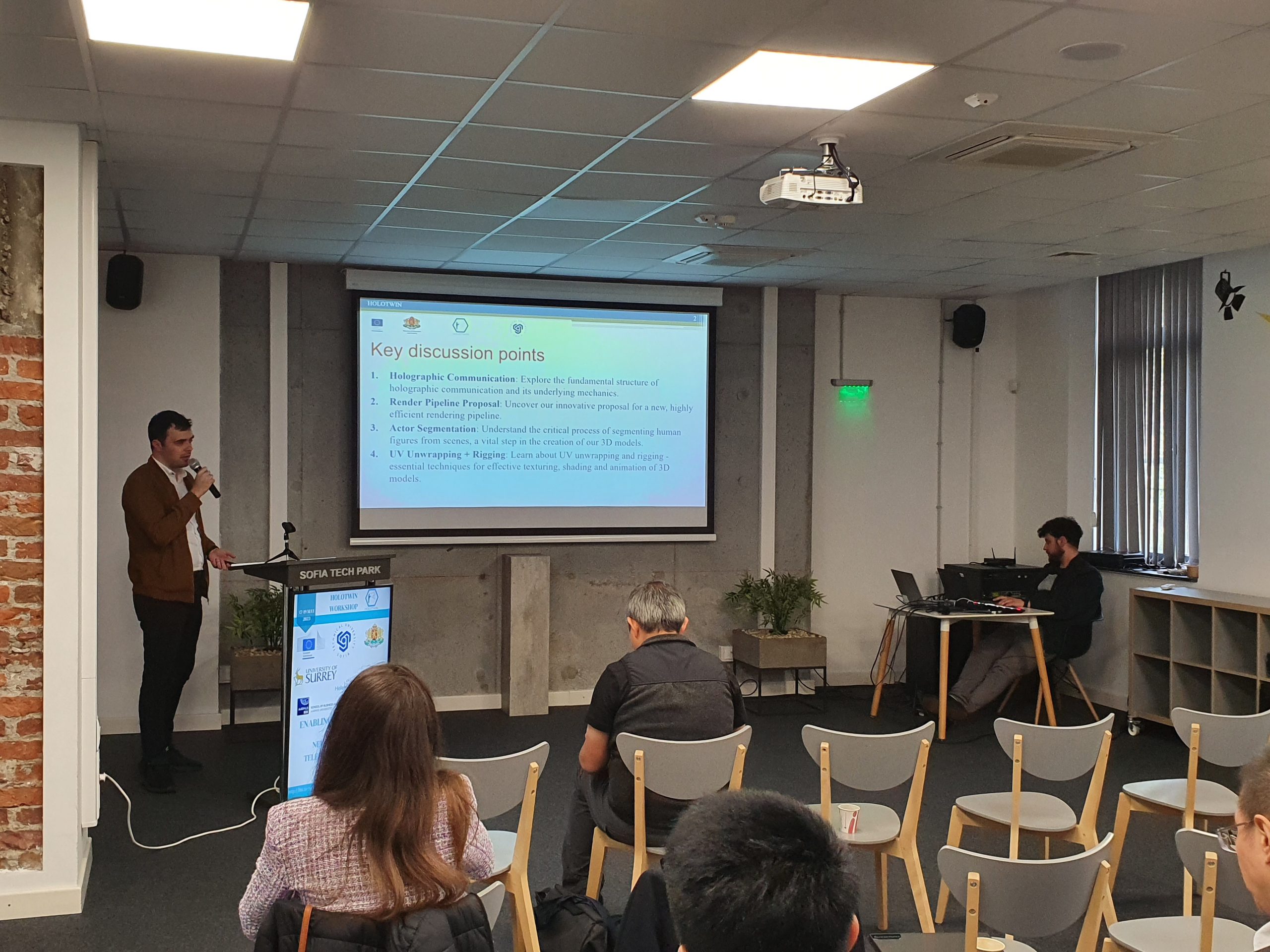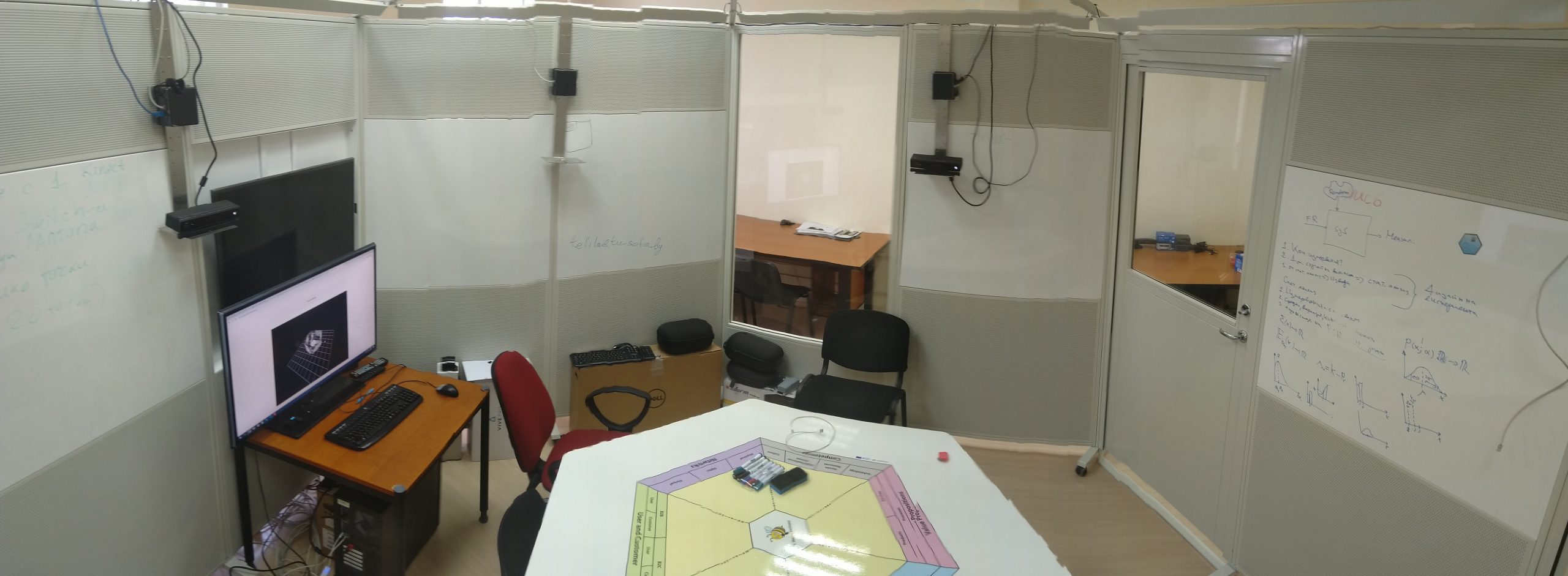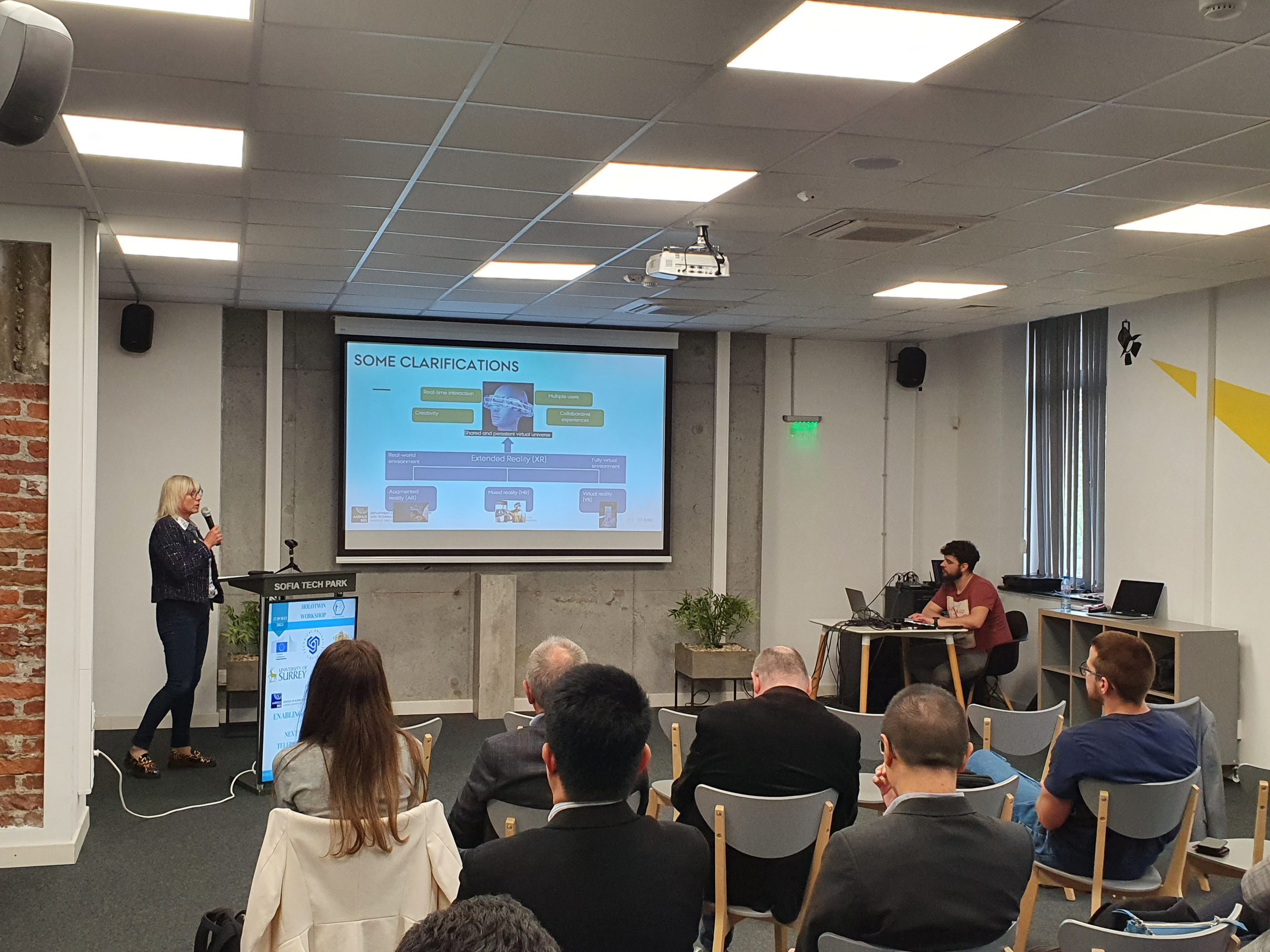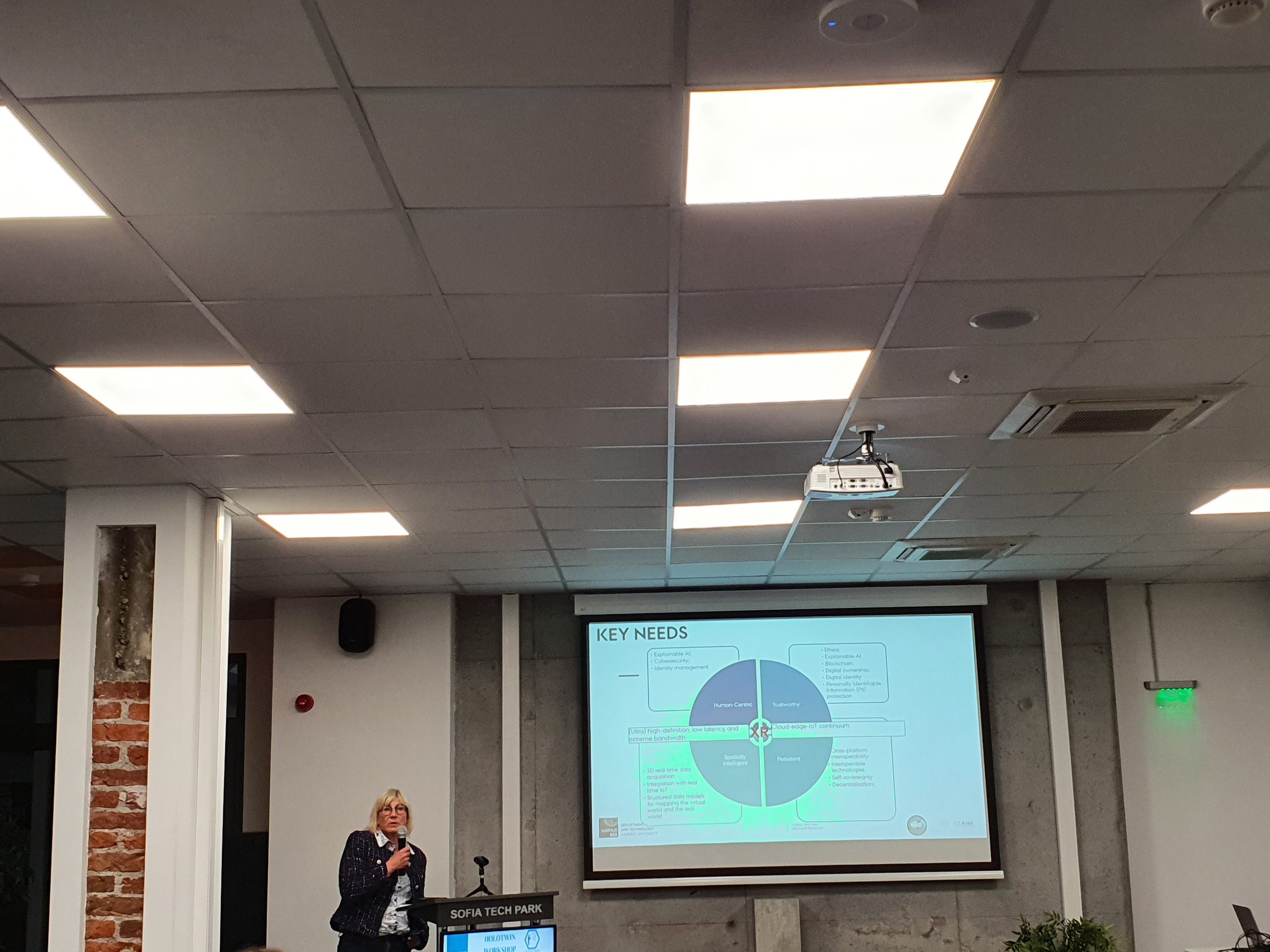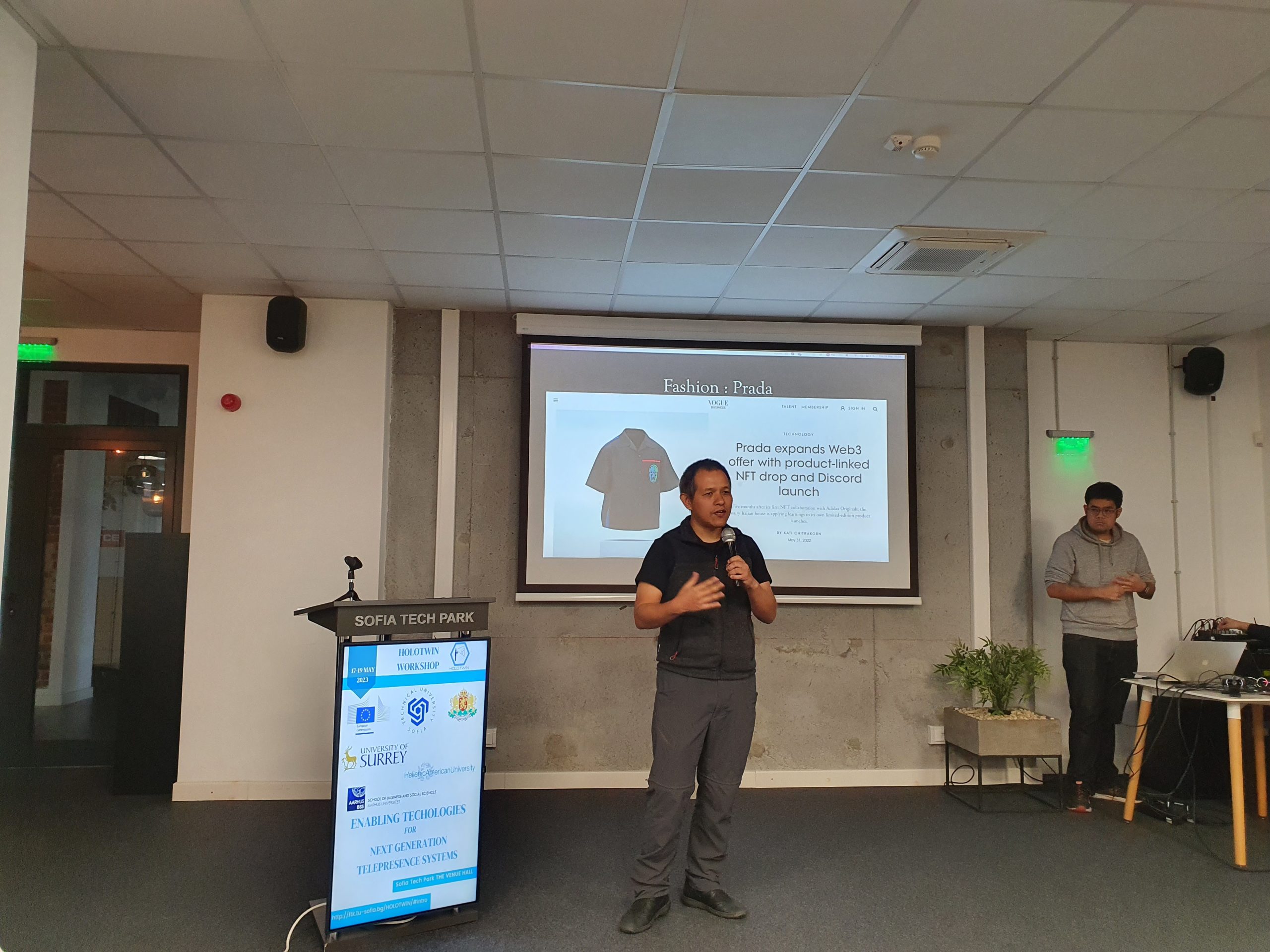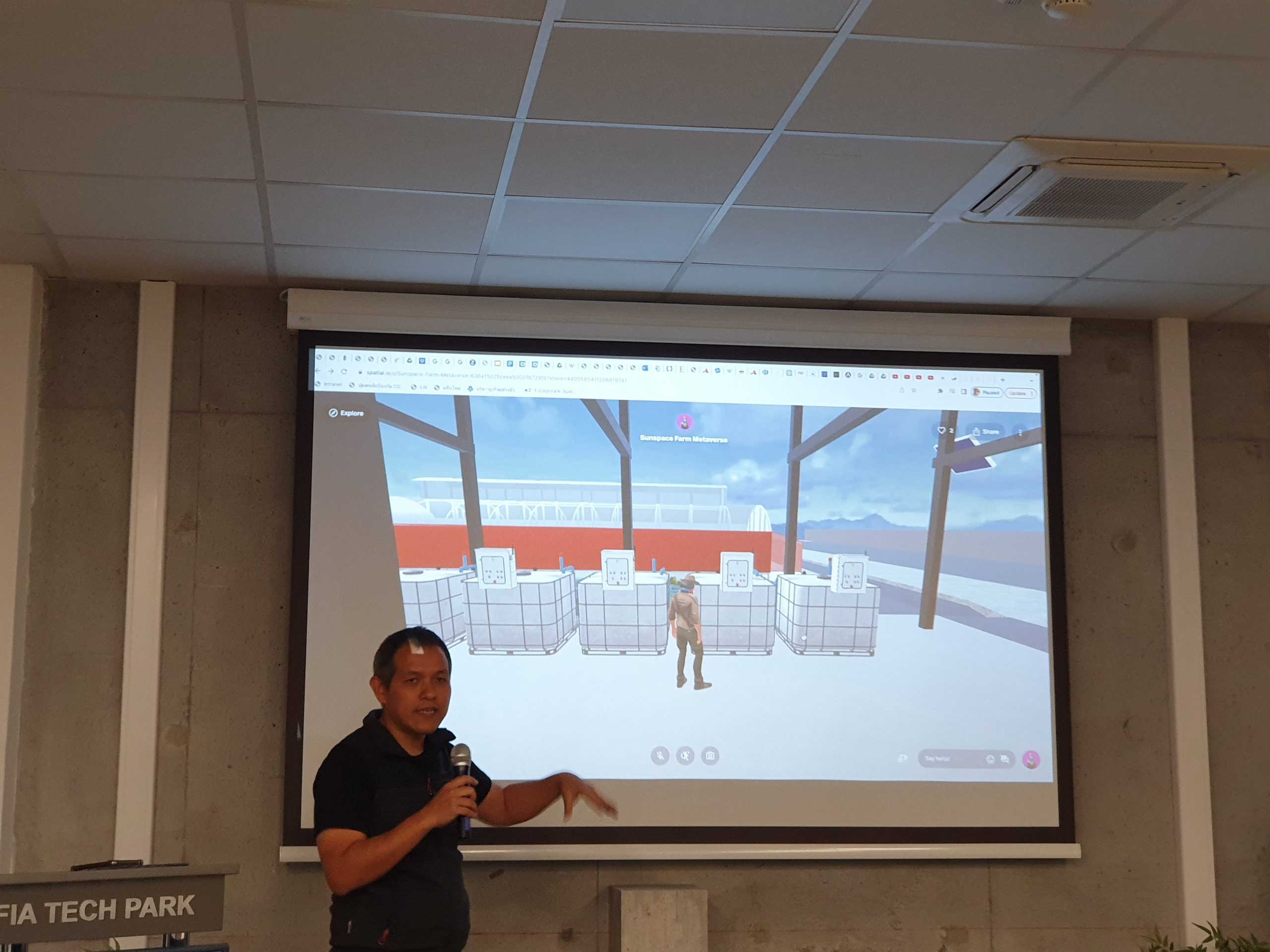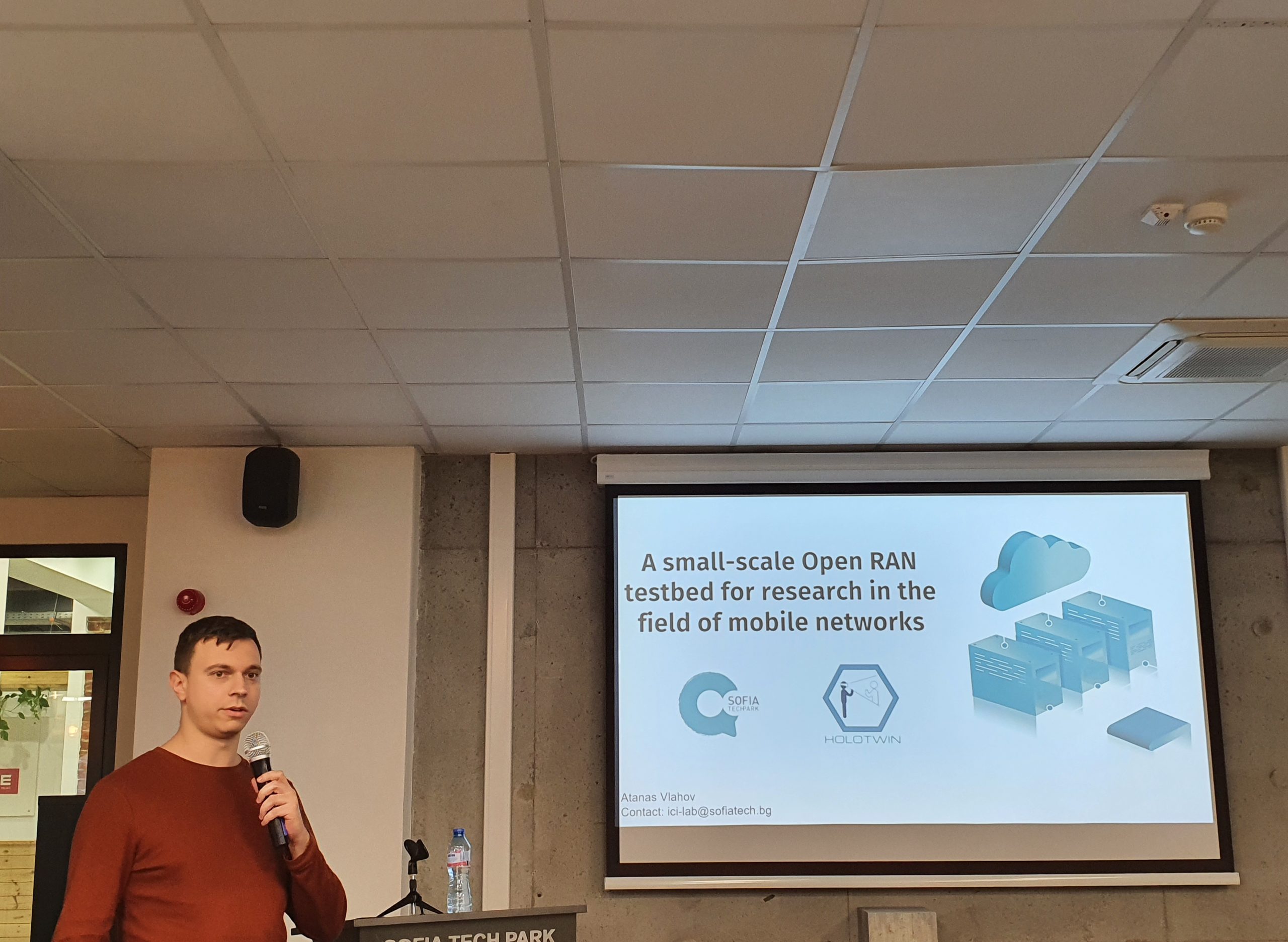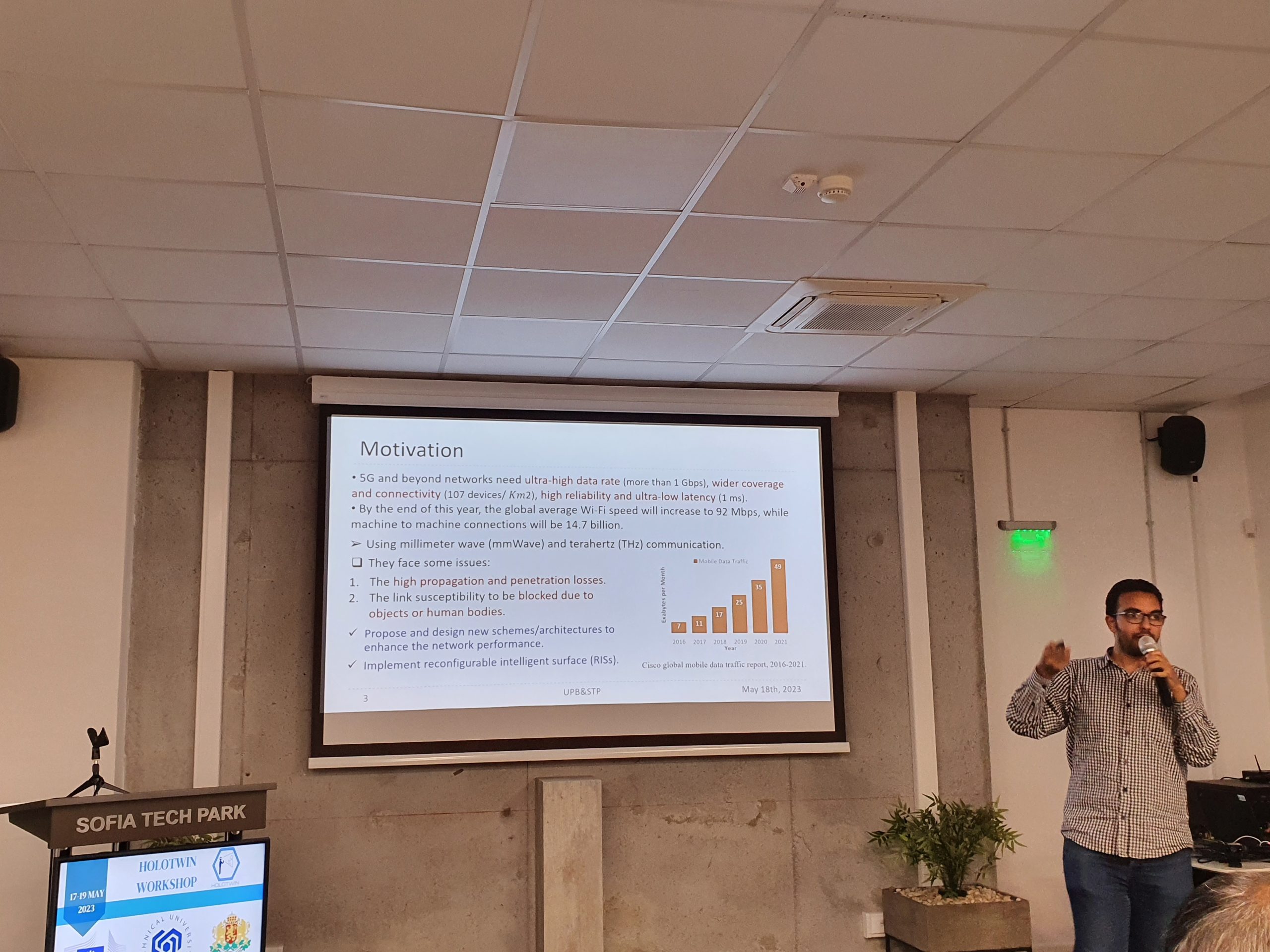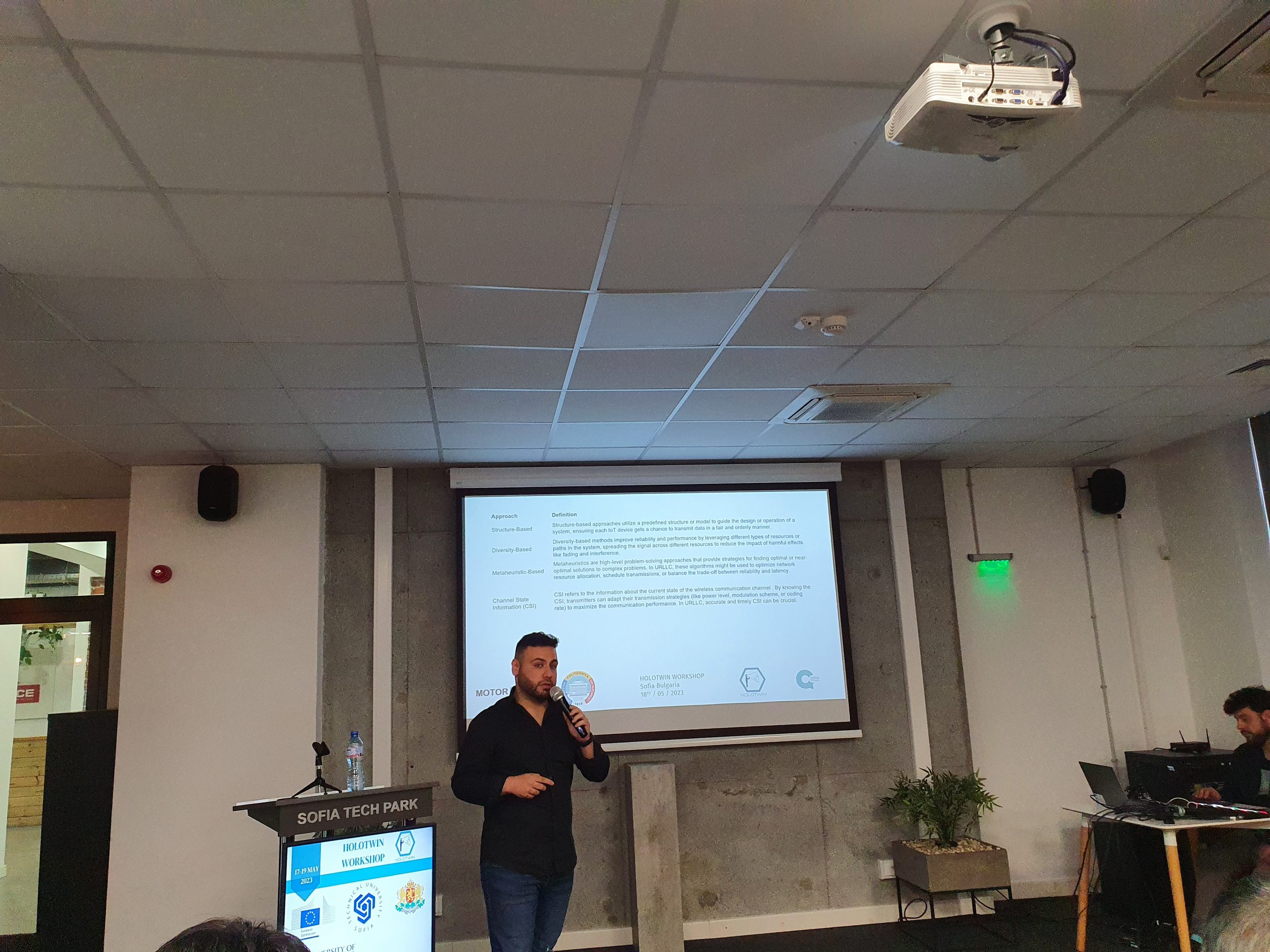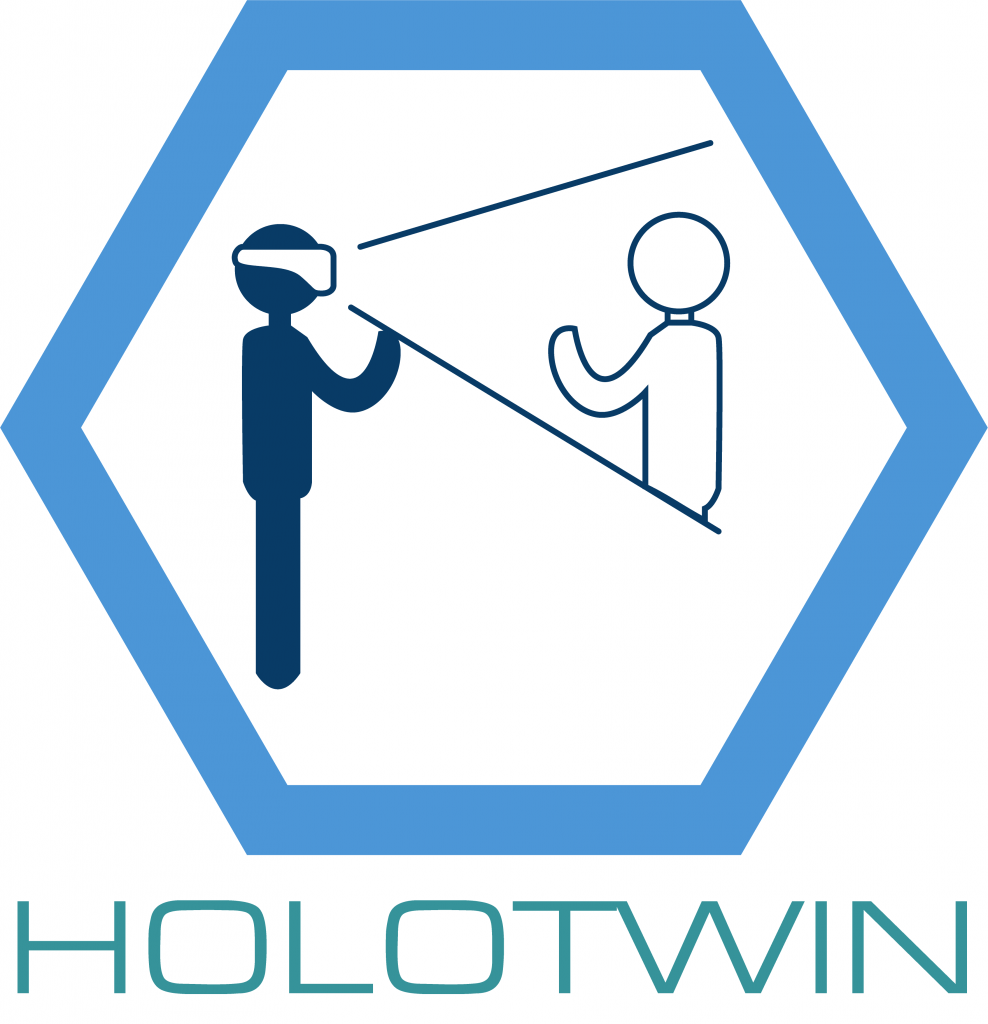
The HOLOTWIN Workshop, entitled “Enabling Technologies for Next Generation Telepresence Systems”, recently concluded at Sofia Tech Park with a resounding success. The event welcomed an assembly of industry experts, researchers, and tech enthusiasts to dive deep into the intricate world of next-gen telepresence technologies.
Plenary Talks
One of the most anticipated presentations of the event was the plenary talk on “Quantum Cryptography, Quantum Imaging and Hologram” by Prof. K C Chan from the University of South Florida.
Prof. Chan’s talk was a sweeping exploration of how quantum technologies intersect with our digital lives. His comprehensive perspective on quantum technology’s integration into the metaverse was particularly enlightening. He further delved into the concept of quantum teleportation, showcasing the incredible potential this technology holds in the realm of telepresence.
Lastly, Prof. Chan touched upon the impact of quantum computing on blockchain technologies. He discussed how the rise of quantum computers could shape the blockchain landscape, raising intriguing questions about the future of security and encryption in a quantum era.
In an insightful plenary talk titled “5G+1=6G?”, Prof. Markus Rupp from TU Wien navigated the audience through the evolution of wireless communications, highlighting the potential of 6G. He delved into topics like massive MIMO, illustrating how leveraging multiple antennas can significantly enhance network capacity. Rupp also discussed Reconfigurable Intelligent Surfaces (RIS), reflecting on their potential to optimize wireless communication for immersive telepresence. Finally, he touched upon the role of deep learning in managing future 6G networks, underlining its potential to streamline network traffic and improve signal processing. His expert insights set a forward-thinking tone for the event.
TeliLab
Members of the Teleinfrastructure research lab at TU Sofia had an influential presence at the HOLOTWIN Workshop. Agata Manolova initiated the series of presentations with a comprehensive look at “The HOLOTWIN project: Holographic telepresence combining 3D imaging, haptics and AI”. She introduced the audience to the exciting intersection of 3D imaging, haptics, and AI in the creation of holographic telepresence systems.
Krasimir Tonchev, from TeliLab delivered a presentation titled “Implementing WebRTC for holographic communication” that delved into the nuts and bolts of WebRTC. This open-source project enables real-time communication between web browsers and applications. Tonchev explained how this technology could be adapted to handle holographic content. He emphasized the importance of standardization for holographic content codecs in the WebRTC media stream, asserting that this could lead to better compatibility and efficiency. Furthermore, Tonchev provided insight into potential modifications to the WebRTC stack to accommodate the streaming of 3D holographic content, suggesting these adaptations could help make holographic telecommunication a more viable reality. His talk offered a practical perspective on the technical aspects of implementing holographic communication.
Antoni Ivanov offered a fresh take with his talk on “Radio-frequency data analytics and resource optimization in next-generation wireless networks”. He outlined the importance of data-driven strategies and spectrum sensing techniques for optimizing network resources. Ivanov’s insights highlighted how these strategies can significantly enhance efficiency and capacity in forthcoming generations of wireless communication.
Radostina Petkova provided an introduction to holographic type communication (HTC) and delved into the specifics of our system for HTC. She discussed the process of composing a 3D scene for HTC, focusing on the technical aspects required to create a realistic and immersive holographic environment. Her talk served as a comprehensive guide for attendees looking to understand the practical aspects of HTC.
Ivaylo Bozhilov gave a talk focused on the fundamentals of holographic communication, including an intriguing proposal for a render pipeline. He examined the concept of actor segmentation and the role of different 3D modeling methods in holographic pipelines. Additionally, he explored the potential of generative AI in 3D model creation and the importance of compression in transmitting holographic data efficiently. Bozhilov’s presentation was a deep dive into the complex underpinnings of creating and transmitting holographic content.
The TeliLab team also showcased a demonstration of the holographic communication/mixed reality test bed we have at the lab at TU Sofia. This specialized Mixed Reality sandbox environment is where we conduct most of our research and development work related to Holographic Telepresence. The setup consists of a Bee-cube equipped with Kinect Sensors and powerful computer configurations for processing 3D data. The demonstration provided a hands-on example 3D data acquisition, processing and VR/AR immersion, offering attendees a glimpse of the future of telepresence technologies.
Our HOLOTWIN partners
Remote presentations from the University of Surrey were among the highlights of the HOLOTWIN workshop. Peng Qian from the Institute of Communication Systems delivered an insightful presentation on “Enabling User Intent-based Network Path Adaptation for Live Metaverse Teleportation”. Qian discussed how network adaptation based on user intent could elevate the metaverse experience, providing users with a seamless, real-time digital journey.
Carl Udora, from the Centre for Vision, Speech and Signal Processing, engaged the audience with his talk on “Subjective quality assessment and QoE modelling for Real Time Holographic media streaming”. Udora’s exploration of quality metrics and QoE modelling in holographic media shed light on how creating a reliable, high-quality user experience is paramount in the burgeoning field of holographic telepresence.

In her engrossing talk titled “Truly Human-Centred and Trustworthy eXtended Reality (XR)”, Albena Mihovska from the University of Aarhus delved into the importance of a human-centric approach in XR. She highlighted the necessity of trustworthiness in XR environments, advocating for reliable, secure, and privacy-conscious design. Moreover, Mihovska emphasized the significance of cross-platform interoperability in XR, illustrating the need for seamless interaction across different platforms for an inclusive and robust XR ecosystem. Her insights offered an enriching perspective on the future integration of XR technologies into our daily lives.
Our partners from Thailand
Punnarumol Temdee from Mae Fah Luang University, Chiang Rai, Thailand, delivered an insightful presentation titled “Personalized Environments: Smart Applications in the Sense of Context-aware Computing and Artificial Intelligence”. Temdee delved into the concept of context acquisition, exploring how AI can tailor learning environments to individual needs. She highlighted how different generations learn and adapt to technology differently, emphasising the role of AI in making education more accessible and personalized across various demographics.
Pradorn Sureephong and Suepphong Chernbumroong from Chiang Mai University, Thailand, directed attention towards the world of virtual events and Non-Fungible Tokens (NFTs). They dissected the implications of these digital paradigms and their transformative effect on the way we interact, learn, and transact. Moreover, they focused on the application of virtual reality in education, indicating how this immersive technology could revolutionize the learning experience, making it more engaging and impactful. Both presentations accentuated Thailand’s significant role in shaping the future of telepresence and immersive technologies.
Our partners from the MOTOR5G project
Colleagues from the Motor5G project contributed significantly to the discourse at the HOLOTWIN workshop. Ahmed Marai Ahmed presented “Enhancing 5G and beyond networks using reconfigurable intelligent surface and positioning information”, shedding light on how these technological innovations can optimize network performance and connectivity in the 5G and future networking landscape.
Seyed Salar Sefati delivered an insightful talk on “Ultra-reliability and low-latency communications (URLLC) on the internet of things (IoT)”. He highlighted the crucial role of URLLC in achieving highly reliable and instantaneous communication in IoT, paving the way for more responsive, efficient, and interconnected digital ecosystems.
Atanas Vlahov from the R&D sector at Sofia Tech Park discussed “A small-scale Open RAN testbed for research in the field of mobile networks”. His presentation emphasized the importance of open research platforms in accelerating the development and testing of mobile network solutions, promising a future of enhanced connectivity and network optimization. The contributions from the Motor5G team solidified the workshop’s status as a hotspot for innovative telecommunications exploration.

